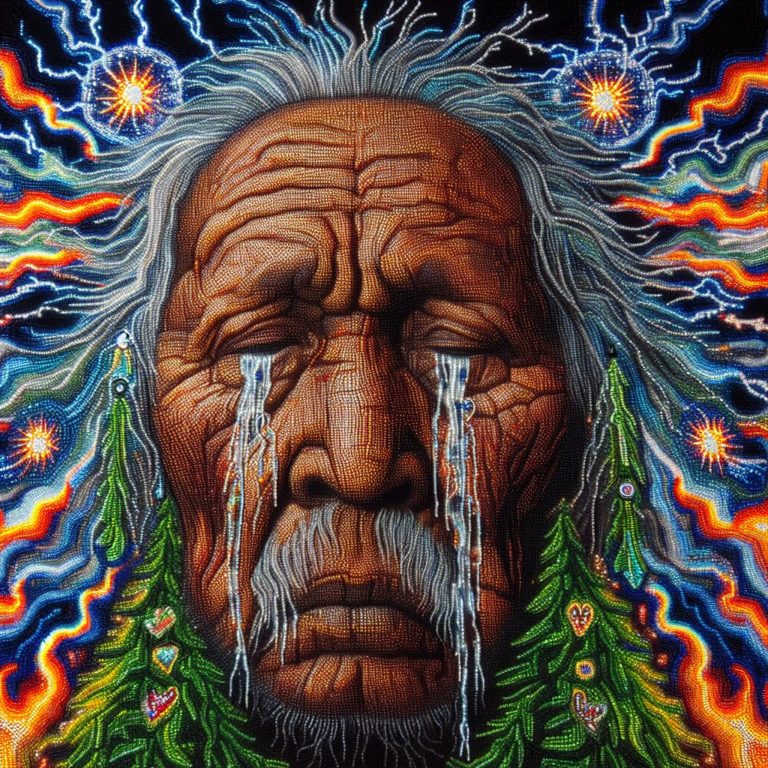Social Location Wheel of Power & Privilege in Canadian Society

Sylvia Duckworth’s Wheel of Power/Privilege organizes the various identities of a person on a wheel with the identities that hold the most power in our society placed at the center, and the identities that hold the least power in our society on the outskirts. The wheel is sectioned off into 12 categories, each marked by their own unique colour. In order of most powerful to least powerful, the text on image reads:
- Citizenship: citizen, documented, undocumented
- Skin colour: white, different shades, dark
- Formal education: post-secondary, high school, elementary
- Ability: able-bodied, some disability, significant disability
- Sexuality: heterosexual; gay men; lesbian, bi, pan, asexual
- Neurodiversity: neurotypical, neuroatypical, significant neurodivergence
- Mental health: robust, mostly stable, vulnerable
- Body size: slim, average, large
- Housing: owns property, sheltered/renting, homeless
- Wealth: rich, middle class, poor
- Language: English, Learned English, non-English monolingual
- Gender: cisgender man; cisgender woman; trans, intersex, nonbinary
The content of the wheel is adapted into the chart below. As you navigate through, consider using the fill tool, highlight tool or bold tool to identify where your own identity falls.
Identity Categories | Most Power | Neither the most powerful nor the least powerful | Least Power |
Citizenship | Citizen | Documented | Undocumented |
Skin colour | White | Different shades | Dark |
Formal Education | Post-Secondary | High school | Elementary |
Ability | Able-Bodied | Some disability | Significant disability |
Sexuality | Heterosexual | Gay men | Lesbian, bi, pan, asexual |
|
|
|
|
Neurodiversity | Neurotypical | Some neurodivergence | Significant neurodivergence |
Mental health | Robust | Mostly stable | Vulnerable |
Body size | Slim | Average | Large |
Housing | Owns property | Sheltered/renting | Homeless |
Wealth | Rich | Middle Class | Poor |
Language | English | Learned English | Non-English monolingual |
Gender | Cisgender man | Cisgender woman | Trans, intersex, nonbinary |
A social location wheel is a tool that can be used to help individuals understand and reflect upon their identities, especially in relation to power and privilege. It’s a visual representation of the various dimensions of one’s identity, which can include factors such as race, gender, class, age, ability, religion, sexuality, nationality, and more.
Using a social location wheel is important for several reasons:
1.Self-Awareness: By identifying and mapping the various aspects of your identity, you can better understand how these aspects might afford you certain privileges or subject you to certain disadvantages. It brings awareness to how societal structures and norms influence personal experiences and opportunities.
- Power Dynamics: Power in society is often distributed unevenly across different groups. A social location wheel can help individuals understand how they fit within these power structures, and how their experiences may be shaped by them.
- Intersectionality: The concept of intersectionality refers to the idea that various forms of identity and social stratification, such as race, class, and gender, do not exist independently of each other but are interwoven. A social location wheel can help illustrate the intersectionality of your identity and how different aspects of your identity interact with each other.
- Empathy and Understanding: By reflecting on your own social location, you can better understand and empathize with the experiences of others who may have different identities and social locations. This can help foster better communication and understanding among diverse groups.
- Action: Understanding your own privilege can spur actions toward transformative justice. It can inspire individuals to use their privilege to challenge systemic biases and work towards a more equitable society. This is part of what truth and reconciliation is about.
In summary, the social location wheel serves as a powerful instrument for self-reflection, cultivating awareness of systemic power dynamics, and nurturing empathy. These transformative steps are essential in comprehending and addressing social inequalities, as emphasized by the Truth and Reconciliation Commission’s call to action for all Canadians. By employing this tool, individuals can visually map out their diverse identities and examine how these identities intersect and interact within societal structures. This invaluable resource enables open dialogue about privilege, oppression, and the intricate complexities of the human experience.
Through its application, the social location wheel empowers us to gain profound insights into our own unconscious biases and privileges. By engaging in this introspective process, we foster personal growth, facilitate societal change, and collectively pave the way towards a more inclusive and equitable society.
Reflection:
Take a moment to examine the cells you have chosen for yourself on the Social Location Wheel. Reflect on your proximity to the center and consider how your power may fluctuate across various identity categories.
Think about the diverse experiences of others, both similar and different from your own.
How does your social location influence your understanding of the world and shape your interactions with others?
This is a time for comprehension, not judgement. Embrace this opportunity for personal growth and learning, as you embark on a journey towards truth and reconciliation.
Remember, there is no right or wrong reflection as this experience is unique to you. Keep these reflections confidential, as they form a crucial part of your personal growth.
For more information on positionality, intersectionality, social identities, privilege and oppression exercises please visit here.



